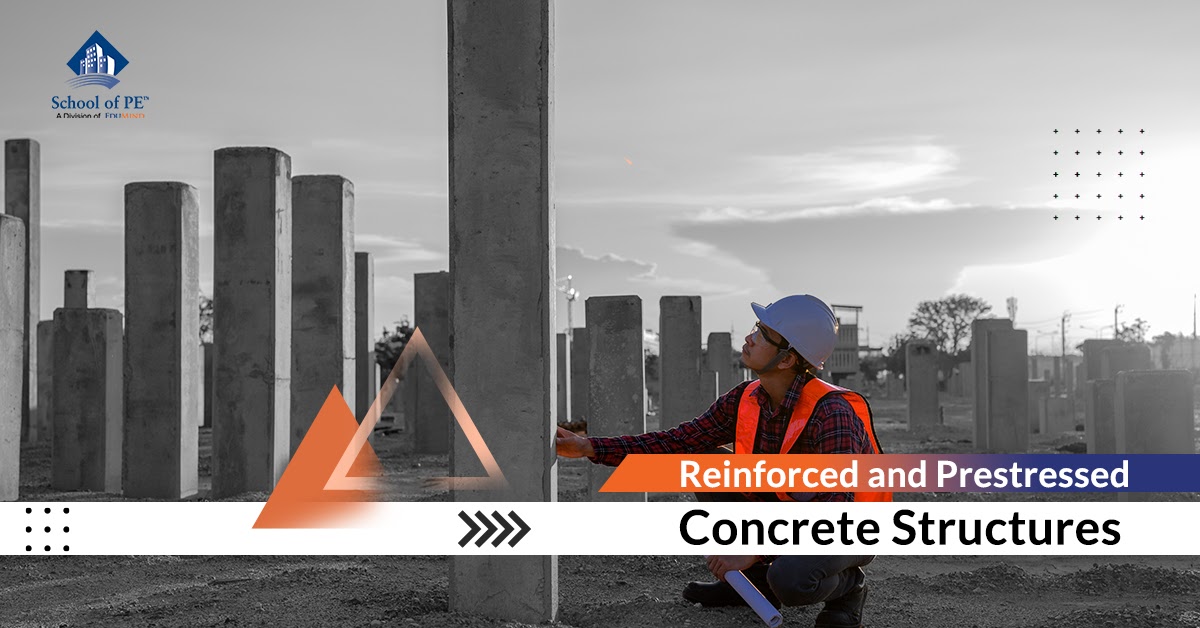Creating a work culture of productive, happy employees is integral to maintaining growth in any industry. Incentive programs help to create high-performing employees and boost employee retention and loyalty. Even something as small as employee recognition for jobs completed and goals met goes a long way in motivating employees to do better. Some ideas for incentives can include education benefits, extra time off, company-sponsored vacations, and even something as simple as a barbeque on a nice summer day when the sales team meets their target. It all depends on the company, the team, and the goals behind the incentives.
I. The Purpose and Benefits of an Incentive Program
Incentive programs come with many benefits if done well. With the right program aimed at the right people, you can expect:
Better team engagement- Incentive programs, when done right, help team members interact on a more positive scale. In order to create a positive work culture, it's important that one person's success doesn't diminish another's. Having a good incentive program will help workers develop a positive rapport with each other as well as with management.
Increased employee retention and loyalty- Employees who get recognized for the excellent work they've done are more likely to stay with the company that did the recognition in the first place. The trick is to create an incentive program that helps retain the type of worker you need in your business. This may take some trial and error, but it is worth it in the end.
Improved collaboration and teamwork- Team members who work towards a common goal find common ground in each other's success. In order to create a team that works well together, you need to create reward systems that help them work together to reach that goal. Incentive programs can be the factor that helps them reach their mutual goals, while the tasks of their day-to-day job can seem disconnected.
Boosted company morale by means of friendly competition- The right kind of incentive programs can boost company morale by developing a culture of friendly competition. Most people learn to be good sports in the early years of life, so creating a program that has workers racing to reach a certain threshold can help create a fun, competitive culture while also boosting sales, reaching marketing goals, and improving other standard business operations within the workplace.
Improved employee accountability- One issue in the workplace is that some employees fail to track their progress towards the company goal. Having an incentive program that encourages them to find a tracking method to reach the more personal goal helps improve accountability in the workplace as well.
II. Factors to Consider When Developing an Incentive Program
The benefits of an incentive program are only fully realized when the program itself is created the right way. None of it will come to any positive outcome if done wrong. Here are several factors to consider when developing an incentive program:
1. Involve the right people. To create a good solid program, involve the right people. Before you even begin planning, meet with those that can help strategize and implement the program. This can include anybody from HR, management, and finance. This collaboration not only helps to develop a good program but also sets the tone for team collaboration among the employees. Having a group of people to bounce ideas off of, you can consider all risk factors and benefits to certain incentives and goals. It also helps to know what level of financial input you can expect.
2. Set goals for the program. In order to get approval for incentive programs, you need to have a well-laid-out plan and purpose for it. Is there a specific target sales number you're trying to reach? Are you trying to find new customers via different marketing strategies? Ask yourself more questions about what the internal purpose of the program is, and it will help create one that benefits both the company and the employees.
3. Identify the incentive audience. Having a sales incentive is only effective on a sales team. Marketing would have their own incentives that are based on their work. So would HR and so on. You can choose to create cross-department incentives that are applicable to everybody, department-specific programs, or a combination of the two. Knowing who you're trying to incentivize will help you determine the kind of incentives you need and what your goals for that department are.
4. Increase participation engagement. Consider asking the individual departments what would motivate them the most. If you have a group of people who would appreciate additional days off, then having that as an incentive would help motivate them. If they would prefer gift cards, company merchandise, vacations, or bonuses instead, then knowing that will help you figure out what to put into your program. This will also heavily depend on the budget you have in place.
5. Decide on a structure and budget. There are several different structures you can use when creating a program; the two most common being an open-ended structure and a close-ended structure. An open-ended structure has less of a limit on who can "win" a certain incentive because of its budget size. A close-ended structure has a certain amount of people who can "win," which generally works better for a tighter budget. Determining what kind of structure you go with depends heavily on the type of budget you're working with.
6. Determine the rewards beforehand. You have to work within the confines of a budget to make the incentive program beneficial. If, say company sponsored vacations are out of budget, then offering them doesn't do anybody any good. On the other hand, if having a few extra days is within your budget, it would be the right incentive to fit your needs. You can also consider changing trends in personal choices where your incentive meets. For instance, post-pandemic, travelers have shown a preference for US destinations like Hawaii, or places just a little closer to home. Take these into consideration if you're offering larger incentive packages like company vacations.
7. Decide on a tracking method. How are you going to track employee involvement? You can have one person in a team track for the entire team, or individuals track for themselves. You can track each person's progress on a board, or in an online company connection website, like Slack or Notion. There are a myriad of ways you could track each person's progress, and it all depends on the purpose of the program and preference of the participants.
8. Decide who should deliver the reward. While private feedback is important on a regular basis, making a public show of appreciation goes a long way in motivating other employees to do better. Reception can also change depending on who specifically is delivering the message, so choose wisely who offers the rewards. For instance, in some cases, management is an acceptable choice. In other cases, key stakeholders are likely to get a more positive reception. (
Source)
9. Implement methods and fulfil rewards quickly. Once a goal is reached, don't make employees wait for the incentives to be fulfilled. If they earned a gift card, have it on hand to give to the awarded individual. If they earned a bonus or vacation days, have it on their next pay stub. The faster an employee is rewarded for their hard work, the more willing they and others are to improve production to potentially get the next reward for themselves.
10. Evaluate the incentive program's success. If you want to get the most out of your program, you need to do regular evaluations that maintain the integrity and usefulness of the program itself. If you see an issue with a certain part of the structure, make quick changes, if necessary, in order to eliminate future frustration. Common issues to consider are whether the incentive is too high for the goal threshold. Over-delivering or under-delivering can sometimes lead to dissatisfaction with future reward incentives. If this type of issue arises, it's crucial to adjust quickly.
11. Celebrate employee success. Celebrate the employees and the hard work that they did. It's fun to be working towards a specific outcome together- or against each other, if that's the structure you choose- and it's even more fun to celebrate the success of the individual, or as a whole. Especially if quarterly or yearly company goals are met. Include everybody you can in that success so that even if they didn't earn the individual incentive, they still feel connected to the company goals- a crucial factor in aligning employees with their organization.
At the end of the day, having a work culture that thrives off of employee success will go a long way in maintaining positive momentum in the business. Developing an incentive program that helps motivate employees to collaborate with and congratulate each other on their mutual success builds a team of highly effective and satisfied workers. Creating a company of satisfied individuals helps retain top performers that help boost business growth with healthy, goal-oriented progress.
Interested in offering PMP® or CAPM® exam review courses as a part of your employee incentive program? Reach out to School of PE today to learn more!
About the Author: Anna Taylor
Anna Taylor is a freelance writer and avid researcher- a jack of all trades, but a master of none. She graduated from the University of Hawai'i with an Associates Degree in Liberal Arts because she had no idea what she wanted to be when she grew up. She has since found her love of Extended Reality and the possibilities it brings to the world, as well as gardening, cooking, and writing. Anna lives in Interior Alaska with her family.












